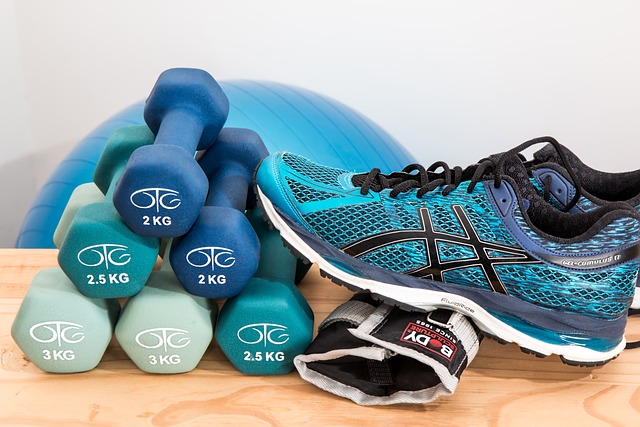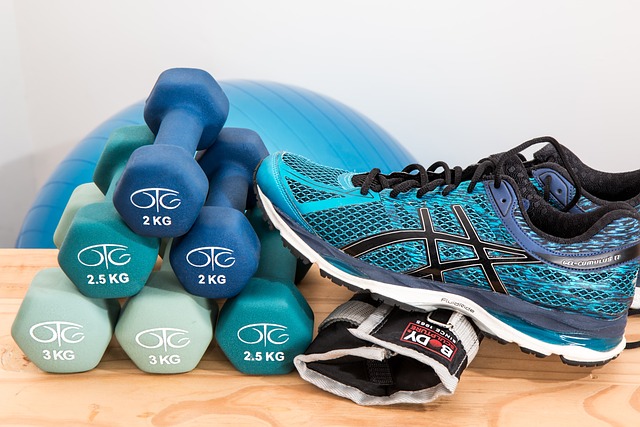-
Table of Contents
- Exercises to Reduce Blood Pressure Backed by Science
- Understanding Blood Pressure and Its Impact
- The Role of Exercise in Blood Pressure Management
- Aerobic Exercises
- Resistance Training
- High-Intensity Interval Training (HIIT)
- Yoga and Mindfulness Exercises
- Case Studies and Statistics
- Benefits of Regular Exercise for Blood Pressure
- Conclusion
“`html
Exercises to Reduce Blood Pressure Backed by Science

High blood pressure, or hypertension, is a common health issue that affects millions of people worldwide. It is a significant risk factor for heart disease, stroke, and other serious health problems. Fortunately, lifestyle changes, particularly regular exercise, can play a crucial role in managing and reducing blood pressure. This article explores scientifically-backed exercises that can help lower blood pressure, providing valuable insights and practical tips for those looking to improve their cardiovascular health.
Understanding Blood Pressure and Its Impact
Blood pressure is the force exerted by circulating blood against the walls of the body's arteries. It is measured in millimeters of mercury (mmHg) and recorded as two numbers: systolic pressure (the pressure when the heart beats) over diastolic pressure (the pressure when the heart rests between beats). A normal blood pressure reading is typically around 120/80 mmHg.
High blood pressure can lead to severe health complications, including heart attack, stroke, and kidney damage. Therefore, managing blood pressure is crucial for maintaining overall health and well-being.
The Role of Exercise in Blood Pressure Management
Regular physical activity is one of the most effective ways to lower blood pressure. Exercise helps improve heart health, reduce stress, and promote weight loss, all of which contribute to lower blood pressure levels. Here are some exercises that have been scientifically proven to help reduce blood pressure:
Aerobic Exercises
Aerobic exercises, also known as cardiovascular exercises, are activities that increase your heart rate and breathing. They are highly effective in reducing blood pressure. Examples include:
- Walking: A simple and accessible form of exercise that can significantly lower blood pressure. A brisk 30-minute walk most days of the week can make a difference.
- Running: More intense than walking, running can provide even greater cardiovascular benefits.
- Cycling: Whether on a stationary bike or outdoors, cycling is an excellent way to improve heart health.
- Swimming: A low-impact exercise that is easy on the joints and effective in reducing blood pressure.
Resistance Training
Resistance training, or strength training, involves exercises that improve muscle strength and endurance. It can also help lower blood pressure by improving overall cardiovascular health. Examples include:
- Weightlifting: Using free weights or machines to build muscle strength.
- Bodyweight exercises: Push-ups, squats, and lunges are effective for building strength without equipment.
- Resistance bands: These provide a portable and versatile way to perform strength training exercises.
High-Intensity Interval Training (HIIT)
HIIT involves short bursts of intense exercise followed by periods of rest or low-intensity exercise. This type of training can be highly effective in reducing blood pressure and improving cardiovascular fitness. A typical HIIT session might include:
- 30 seconds of sprinting followed by 1 minute of walking, repeated for 15-20 minutes.
- Jumping jacks or burpees for 30 seconds, followed by a rest period.
Yoga and Mindfulness Exercises
Yoga and mindfulness exercises can help reduce stress, which is a significant contributor to high blood pressure. These practices promote relaxation and improve overall well-being. Examples include:
- Hatha yoga: A gentle form of yoga that focuses on breathing and relaxation.
- Mindfulness meditation: Practicing mindfulness can help reduce stress and lower blood pressure.
Case Studies and Statistics
Numerous studies have demonstrated the effectiveness of exercise in reducing blood pressure. For instance, a study published in the “Journal of Hypertension” found that regular aerobic exercise reduced systolic blood pressure by an average of 3.9 mmHg and diastolic blood pressure by 2.6 mmHg. Another study in the “American Journal of Hypertension” showed that resistance training could lower systolic blood pressure by 4.0 mmHg and diastolic blood pressure by 3.8 mmHg.
Benefits of Regular Exercise for Blood Pressure
- Improved heart health and reduced risk of cardiovascular diseases.
- Enhanced weight management and reduced obesity-related risks.
- Lower stress levels and improved mental health.
- Increased energy levels and overall well-being.
- Improved sleep quality and reduced risk of sleep apnea.
- Enhanced insulin sensitivity and reduced risk of type 2 diabetes.
- Support from supplements like Bazopril for comprehensive blood pressure management.
Conclusion
Incorporating regular exercise into your daily routine is a powerful way to manage and reduce blood pressure. Whether you prefer aerobic exercises, resistance training, HIIT, or yoga, there are numerous options to suit your preferences and fitness level. The benefits of exercise extend beyond blood pressure management, contributing to overall health and well-being.
For those seeking an all-in-one solution to support their blood pressure management efforts, consider Bazopril, a supplement designed to complement a healthy lifestyle. With its unique blend of ingredients, Bazopril can help you achieve optimal blood pressure levels and improve your cardiovascular health.
Take control of your health today by incorporating these exercises into your routine and considering Bazopril as part of your comprehensive approach to managing high blood pressure.
“`




